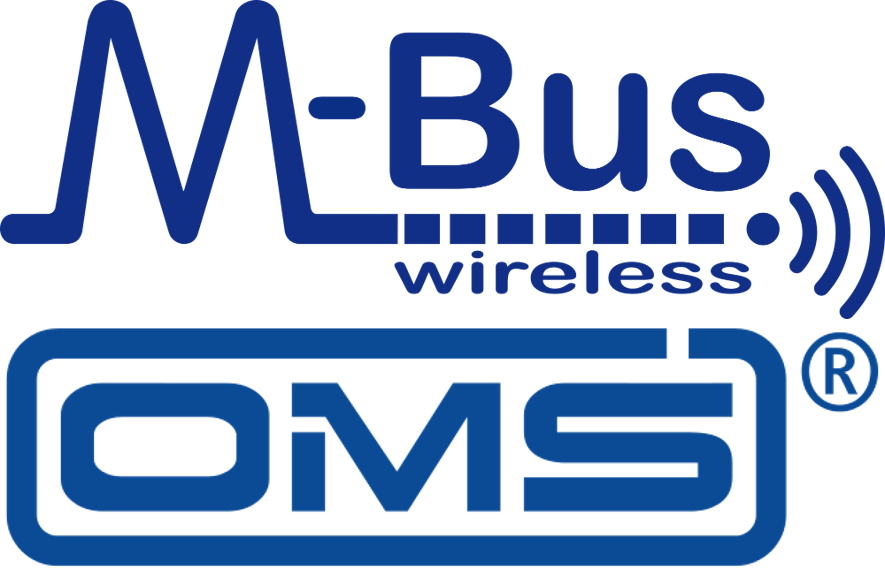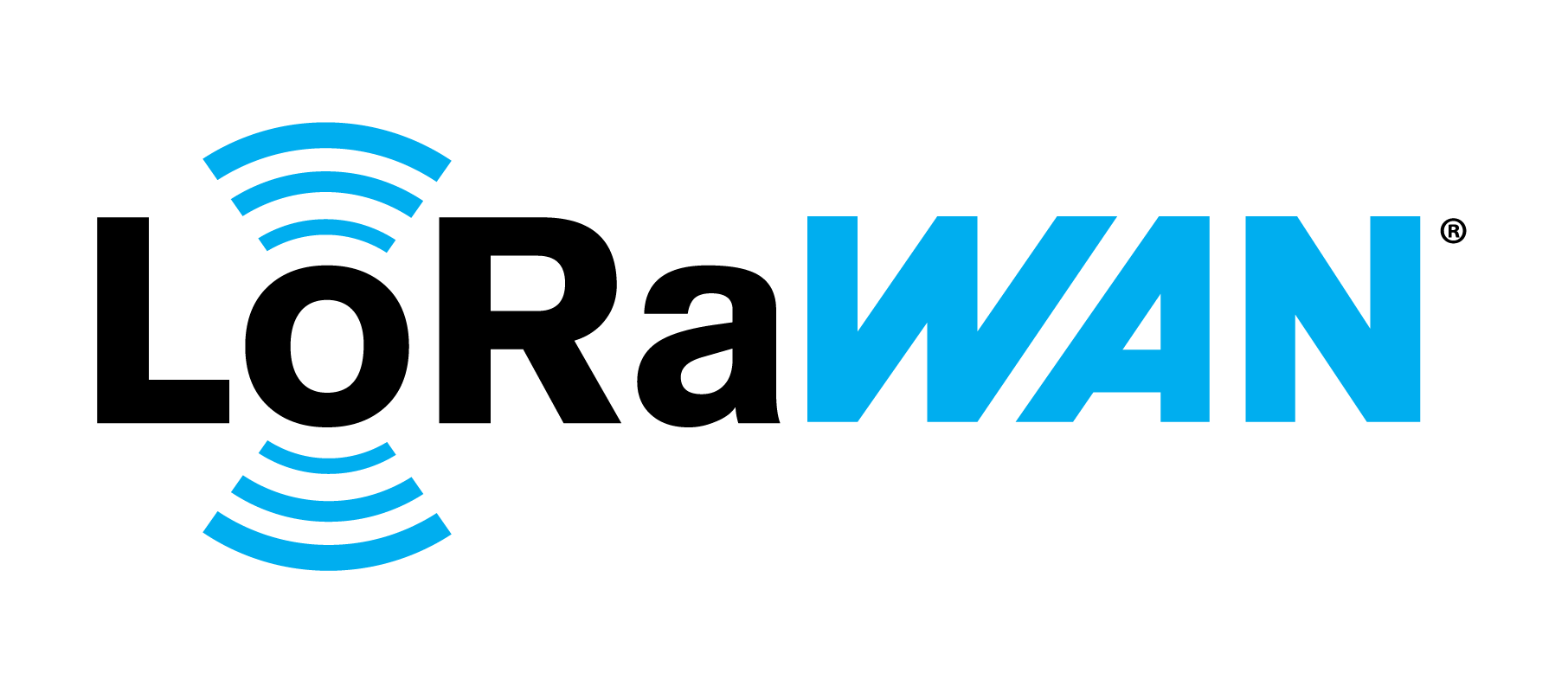Dual Stack wM-Bus and LoRaWAN®
Two radio technologies - more flexibility
Are you already active in the metering sector and still looking for the right software to equip your devices with IoT connectivity? Or do you want to extend your devices with additional communication technology to improve network coverage or to achieve more range in data transmission? Perhaps you are already using the wM-Bus Stack for meters and the open source LoRaWAN® Stack, but are having trouble integrating the two individual stacks? With our Dual Stack wM-Bus and LoRaWAN® we have exactly the right solution for you!
Liaison of OMS and lorawan®
In order to align our software solutions for metering applications even better with the needs of our users, we have extended the classic wireless M-Bus technology with the advantages of LoRaWAN® and developed our Dual Stack "wM-Bus + LoRaWAN®" for meters. In the application you get an M-Bus compatible stack and the charm of seamless integration for which wM-Bus or OMS are commonly known. However, with LoRaWAN® there is a much wider reach, enabling entirely new business models with existing networks. When using LoRaWAN® with wM-Bus, the advantages are obvious: further standardization within smart metering applications and the use of existing LoRaWAN® networks facilitate the entry into IoT connectivity.
While using the Dual-Stack "wM-Bus + LoRaWAN®" it is possible to switch between wM-Bus and LoRaWAN® during runtime – depending on your requirements. And that is not all. In addition, it is possible to operate the higher layers of wireless M-Bus on top of LoRaWAN®, which is called M-Bus-over-LoRaWAN®. This solution is especially useful for remote meter readout applications using fixed networks.
start your iot project with the Dual-Stack
The Dual-Stack “wM-Bus + LoRaWAN®” is one of our Standard Stack Solutions which is ready to use and easy to integrate. It is an implementation of the Wireless M-Bus (EN 13757-3/-4/-7) standard for meters, which is also compliant to OMS and LoRaWAN® specifications.
THE DUAL-STACK INCLUDES DIFFERENT OPERATION MODES
wM-Bus resp. OMS compliant Protocol Stack
- for "Drive-by" and "Walk-by" remote meter reading
LoRaWAN® compliant Protocol Stack
- for fixed networks and proprietary formatted data
M-Bus-over-LoRaWAN® Protocol Stack
- for remote meter reading using fixed networks
WM-BUS / OMS IS DESIGNED FOR REMOTE READ-OUT OF METERS AND SUB-METERS
- Water meter
- Gas meter
- Electricity meter
- Heat meter
- ...
COMMON APPLICATIONS LORAWAN® IS SUITABLE AND ALREADY USED FOR
- Condition monitoring
- Predictive maintenance
- Machine monitoring
- Infrastructure surveillance
- ...
Interested? Get a License for the Dual Stack
Dual STack wm-Bus + LoRaWAN® stack Architecture
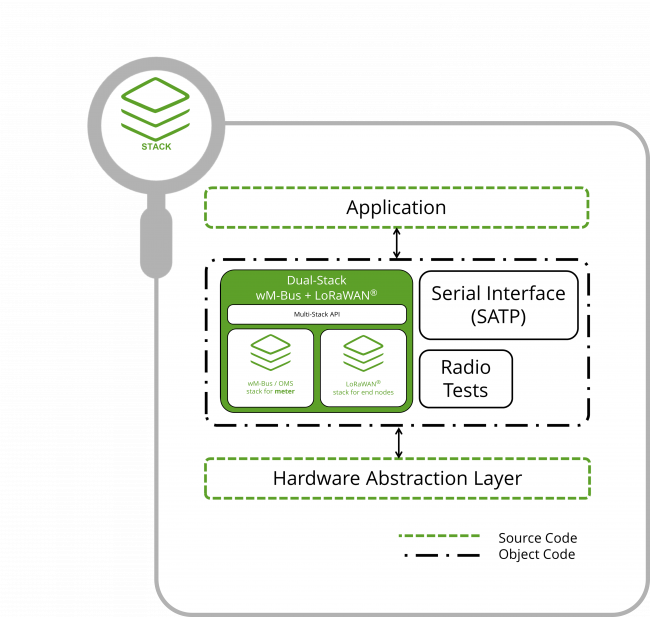
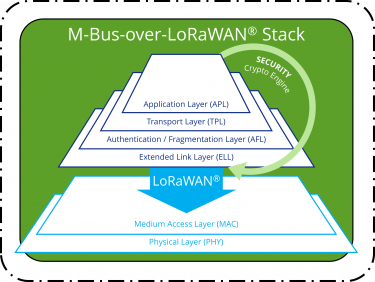
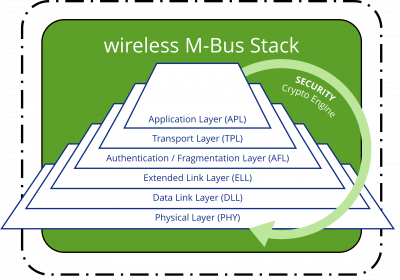
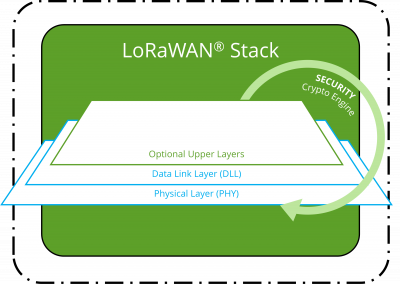
Advantages using more technologies

wM-Bus is a major standard for smart metering not only in Europe, but also in many other regions worldwide. In combination with LPWAN technologies like LoRaWAN, you get an even better network coverage.

Wireless communication is the key factor for location-independent meter reading. By using LPWAN technologies additional to wM-Bus, it is possible to dispense with reading by "Walk-by" or "Drive-by".
Since the range of the wM-Bus is limited especially with deeply installed meters and sensors, a combination with LPWAN technologies results in better penetration and thus less data loss when transmitting the protocols.
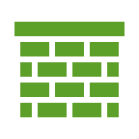
If data should be transmitted via several radio technologies in the same network, you can do this by using different controllers - or you can save resources by using just one Multi-Stack.

wm-bus/lorawan® and beyond
Our Multi-Stacks offer the possibility to choose between several stacks and radio standards, such as mioty®, LoRaWAN®, wireless M-Bus, OMS, Sigfox and others. This flexible solution allows you to achieve maximum usability when you connect your product to the Internet of Things (IoT).


